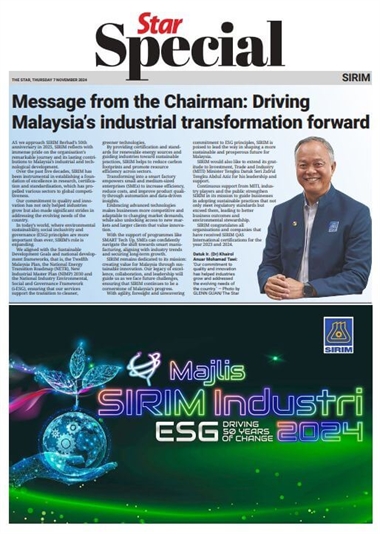
A view of the Neste refinery located at Tuas South in Singapore May 16, 2023. REUTERS/Caroline Chia
SINGAPORE: Asia’s ability to supply sustainable aviation fuel (SAF) will outpace regional demand this year and next as more production comes online, increasing exports and potentially lowering prices for the fuel, oil executives and analysts say.
Planned SAF production could take a hit if regional demand remains tepid and prices fall below production costs, industry sources say, though Asia’s increased capacity is good news for airlines that have been complaining SAF is too expensive and hard to source.
At least five SAF projects in Asia, outside of China, have started up or are earmarked to start production this year, targeting exports regionally and to Europe.
Unlike in Europe, where flights departing European Union and British airports must now use 2% SAF in their tanks, Asia’s mandated demand remains low with compulsory use of the renewable fuel in some nations to start only later this decade.
Low consumption and a lack of policy guidance have led to delays of some SAF projects in China.
“Asian airlines are still more focused on ramping up flights and SAF is not a top priority given it is still costlier than jet fuel and airlines will make less profit,” said Shukor Yusof, founder of aviation consultancy Endau Analytics.
Aviation accounted for 2.5% of global carbon emissions in 2023.
SAF, made from waste oil and biomass, is key toward reducing those emissions, but is costlier than conventional fuel and only accounted for 0.3% of global jet fuel production, global airlines body the International Air Transport Association (Iata) said.
The Asia-Pacific region’s SAF production capacity is set to reach 3.5 million tonnes per year or about 77,671 barrels per day by the end of this year, forecasts from Argus Consulting showed, versus 1.24 million tonnes last year.
However, the first compulsory use of SAF in Asia will not begin until next year when Singapore and Thailand enforce a 1% mandate.
These requirements are expected to lift SAF demand from these countries to about 14% of their production capacity by next year, Reuters calculations based on trade data showed.
Anticipated production capacity does not mean that much SAF will actually be produced given an industry focus on profitability and actual demand.
Iata said one million tonnes of SAF was produced globally in 2024, below forecasts of 1.5 million tonnes, and described production as disappointingly slow.
Recent project delays point to a very real risk that SAF penetration may actually begin to fall even as demand grows, said Ellis Taylor of aviation analytics firm Cirium.
South Korea’s 1% SAF use will start in 2027, and Japan has a 10% mandate by 2030.
“Demand in Asia is expected to lag supply due to the absence of uniform policies and mandates across the region,” said Lamberto Gaggiotti, the head of biofuels firm Apical’s green energy business.
Outside of government mandates, some Asian airlines are voluntarily using SAF to boost their green credentials among customers and as part of industry sustainability commitments.
The Association of Asia Pacific Airlines, which counts many Asian flag carriers as members, has a target of 5% SAF usage by 2030. Many Asian airlines do not disclose SAF consumption.
Hong Kong’s Cathay Pacific Airways said it used more than 6,800 tonnes of SAF last year, but did not provide a forecast for this year.
Air New Zealand expects to use 1.6% SAF in its financial year ending in June, up from 0.4% a year earlier, but last year halved its SAF target to 10% by 2030 from 20%, citing its affordability and availability. — Reuters










































